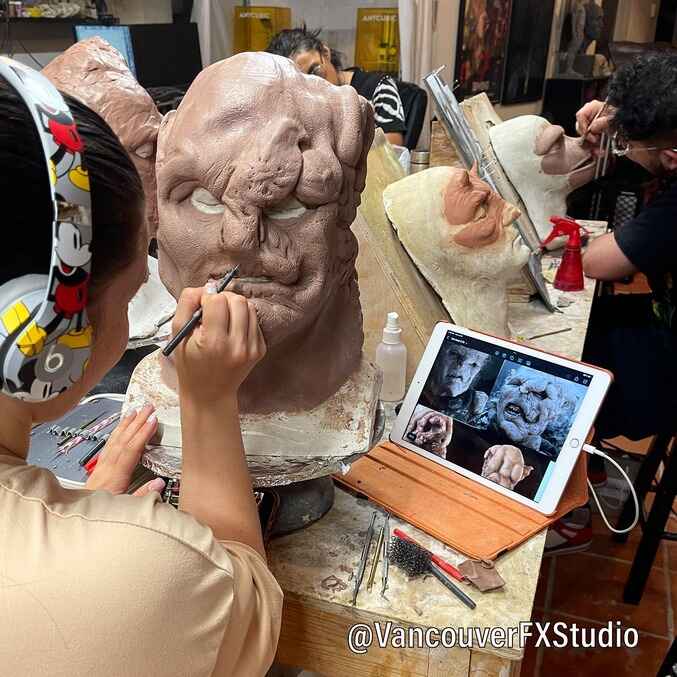Have you ever wondered how those Hollywood special effects makeup artists make those convincing wounds and bruises? Or how do they turn actors into aliens and zombies? Well, the answer is SFX makeup.
This blog post will discuss the fundamentals of SFX makeup, the basic tools and techniques you need to get started, and how to create special effects for your projects.
What is Special Effects Makeup?
Special effects makeup is a transformative makeup art form that allows individuals to create astonishing and realistic illusions in films, TV shows, theater, and other special events. It is the mastery of this craft that brings characters to life, transports audiences to fantastical realms, and evokes powerful emotions. Special effects makeup involves the use of prosthetics, sculpting, painting, and a multitude of materials to achieve extraordinary visual effects.

Instagram - @alina_evgrafovaa
With special effects makeup, skill, creativity, and meticulous attention to detail are paramount, as they shape the overall impact of the artistry and contribute to the success of the final product. Whether it's for film, television, theater, cosplay, or Halloween, special effects makeup is an awe-inspiring craft that fuels the imagination and captivates audiences worldwide.
The World of SFX
Special effects makeup has a rich and fascinating history that traces its roots back to the early days of the entertainment industry. From its humble beginnings with practical effects like makeup and prosthetics in silent films to the groundbreaking advancements in visual effects seen in modern blockbusters, special effects makeup has continually evolved and pushed the boundaries of creativity and realism.
Pioneering artists like Jack Pierce, who famously brought iconic monsters like Frankenstein and The Mummy to life, laid the foundation for what would become a revolutionary art form.
Films and TV shows

Instagram - @priscillagrihim
In the realm of filmmaking and television production, special effects makeup plays a pivotal role in shaping characters and conveying narrative elements. From creating realistic injuries and age transformations to crafting fantastical creatures and aliens, special effects makeup artists collaborate closely with directors and visual effects teams to bring stories to life with unparalleled realism.
Theater and Stage Productions
In the world of live performances, special effects makeup takes center stage, heightening the theatrical experience for both actors and audiences. The use of special effects makeup in theater allows for powerful visual storytelling, enabling actors to embody characters in ways that captivate and immerse the audience in the performance.
Haunted Attractions and Halloween Makeup

Instagram - @cmucollege
During the spooky season and at haunted attractions, special effects makeup takes on a thrilling and terrifying role. From creating ghastly zombies and ghouls to crafting realistic wounds and gore, special effects makeup artists contribute to the spine-chilling ambiance of haunted houses and Halloween festivities.
These are some of the most commonly used tools for SFX makeup application. With the right supplies and techniques, you can create realistic effects that will add depth and character to your projects.
Techniques Involved in Makeup Application
Special effects makeup is a captivating art form that transports us into realms of imagination and fantasy. From the gruesome wounds of horror films to the ethereal beauty of fantastical creatures, special effects makeup artists have the power to create extraordinary transformations.
However, behind these mesmerizing visual effects lie essential skills and specialized tools that form the backbone of this craft. In this section, we will delve into the fundamental techniques and materials that every aspiring special effects makeup artist must master.
Sculpting and molding techniques
Sculpting and molding techniques form the bedrock of special effects makeup, allowing artists to shape and create intricate three-dimensional designs. The ability to sculpt with precision is essential for crafting prosthetics, wounds, and various character elements.

Instagram - @vancouverfxstudio
Artists use sculpting materials like clay or wax to bring their concepts to life, infusing their creations with detail and personality. Molding follows sculpting, where artists take impressions of their sculpted work to produce reusable molds. These molds serve as the foundation for casting prosthetics and other pieces, ensuring consistency and efficiency in production.
Understanding and working with prosthetics

Instagram - @cinemamakeupschool
Understanding and working with prosthetics is a fundamental skill in special effects makeup. Prosthetics are pre-made pieces that artists apply to actors' faces or bodies to achieve dramatic transformations. Whether it's a pointy elf ear, a gruesome zombie wound, or an aged character's face, prosthetics allow for incredible realism and character portrayal. Special effects makeup artists must master the art of blending prosthetics seamlessly with an actor's skin tone and facial features, ensuring a convincing and immersive final result.
Proper use of specialized tools and materials
Proper use of specialized tools and materials is crucial for executing a flawless special effects makeup look. Latex, silicone, and foam latex are common materials employed in creating prosthetics, wounds, and other intricate effects. Each material offers unique properties such as flexibility, texture, and adhesion. Specialized tools like sculpting tools, brushes, sponges, and airbrush equipment aid in achieving precision and detail in the application process. Mastering these tools and materials empowers artists to create stunning and lifelike effects.
Color theory and creating realistic textures and finishes
Color theory and creating realistic textures and finishes are indispensable skills in special effects makeup. Artists must understand how colors interact, especially when simulating injuries or aging. Proper shading and blending techniques give depth to wounds, bruises, and character features, making them appear authentic and natural.
Creating realistic textures, such as wrinkled skin, scales, or scars, requires attention to detail and a deep understanding of the desired effect. By skillfully employing color theory and texture application, special effects makeup artists breathe life into their creations and immerse audiences in fantastical worlds and gripping narratives.
How to Become Special Effects Makeup Artist?
Creating special effects makeup can be a great career path for those passionate about art, makeup, and film. To become an SFX makeup artist, you need to have experience with the techniques and tools required for the job. Here are some steps to follow:
- Build a strong foundation: Enroll in specialized makeup schools or art academies that offer courses specifically focused on special effects makeup. These programs provide hands-on training, teaching essential techniques, materials, and industry practices.
- Invest in professional-level products: Professional-grade makeup products are essential for creating realistic special effects looks. Investing in high-quality makeup products such as silicone and wax will yield the best results.
- Gain practical experience: Look for internships, apprenticeships, or entry-level positions with makeup studios, theaters, or production companies to gain real-world experience in special effects makeup. This practical experience will help you develop your abilities, learn industry workflows, and establish professional connections.
- Stay updated and adaptable: Keep up with advancements in special effects makeup techniques, materials, and technology. Stay open to learning new methods and adapting to industry changes to remain competitive and versatile.
- Build a portfolio: Create a portfolio showcasing your best work, including photos and videos of your special effects makeup creations. This portfolio will serve as a visual representation of your skills and artistic vision.
- Pursue opportunities: Seek out job opportunities in the film, television, theater, and events industries. Freelance work, collaborations, and building relationships with industry professionals can open doors to exciting projects and career advancements.
These are the basic steps to becoming an SFX makeup artist. With dedication and practice, you can become a successful SFX makeup artist in no time.
Frequently Asked Questions
What is special effects makeup?
Special effects makeup is a type of makeup used to create illusions that are impossible with regular makeup. It can be used to create gory wounds, to change the appearance of a person's face, or to make someone look like a monster.
How to make special effects makeup?
There is no one-size-fits-all answer to this question, as the method for creating special effects makeup will vary depending on the desired effect. However, some tips on creating special effects makeup include using prosthetic pieces, using colored pencils or paints to create bruises or scars, and using fake blood. Additionally, it is important to make sure that the makeup is applied in a way that will ensure it stays in place throughout the day.
How to make special effects makeup wax?
Special effects makeup wax can be made at home using simple ingredients. Start by melting 1/2 cup of beeswax pellets in a saucepan over low heat. Once the wax has melted, add 1/4 cup of petroleum jelly and stir until well combined. Pour the mixture into a small container to cool completely before using.
Conclusion
SFX makeup is an exciting field with endless creative possibilities. You can create realistic illusions for any occasion or project with the right tools and techniques.
Hopefully, this post has given you a better understanding of SFX makeup and how to use it. Check out our makeup artists if you are interested in taking your SFX makeup skills to the next level.



















